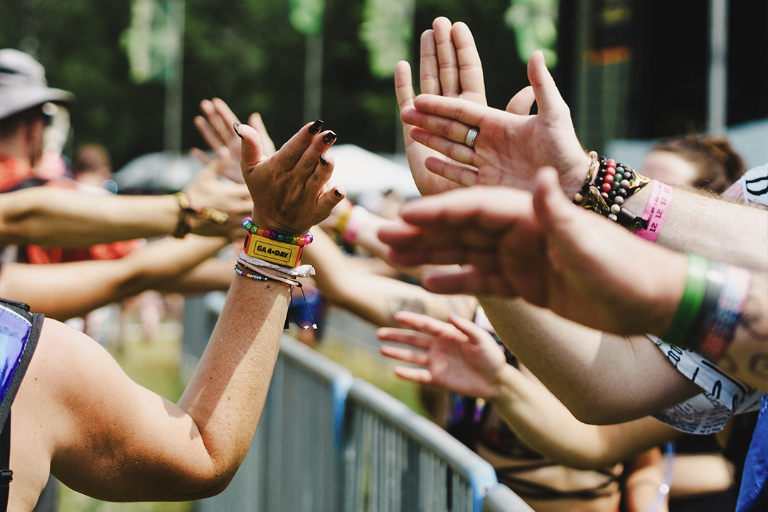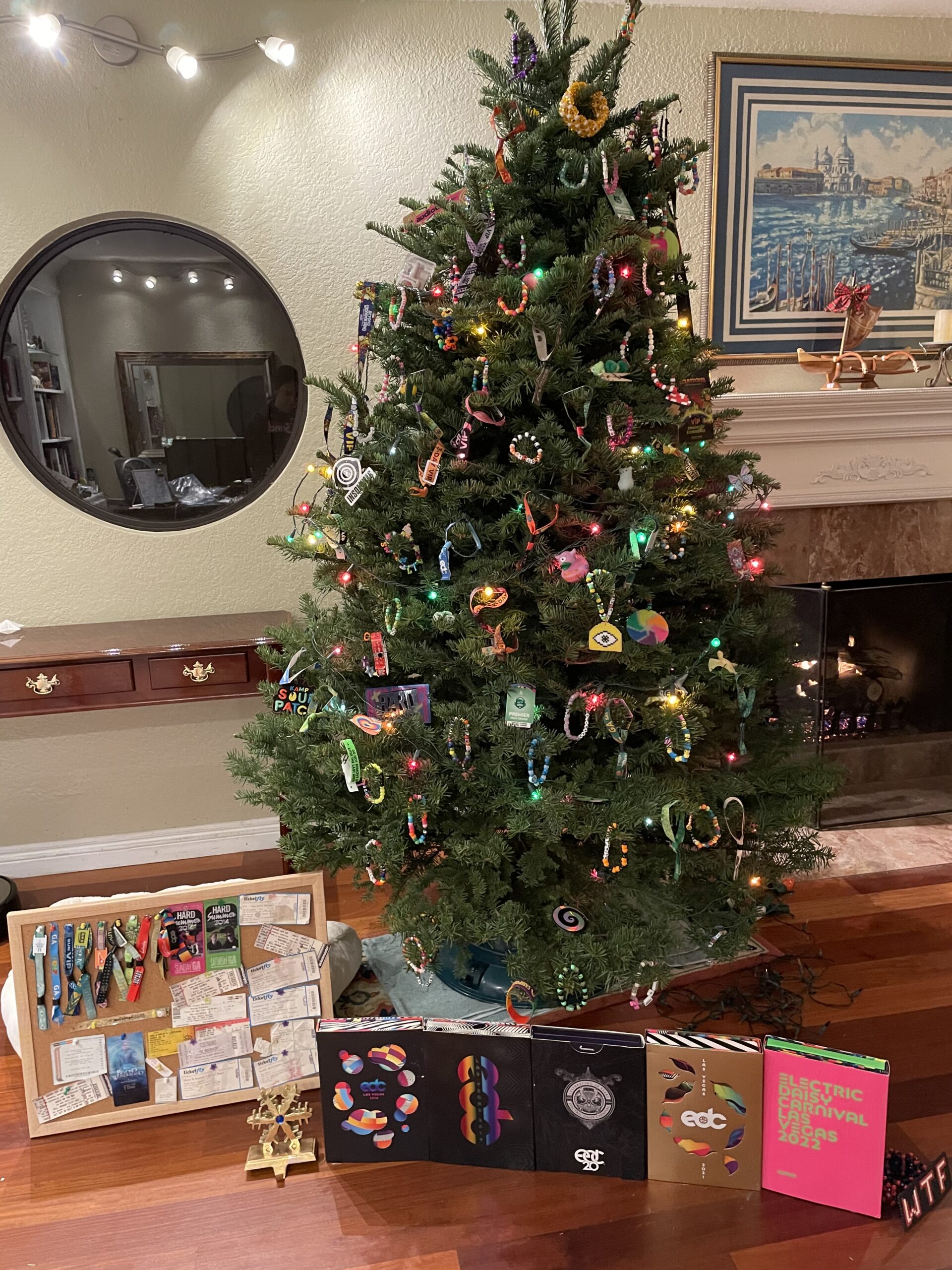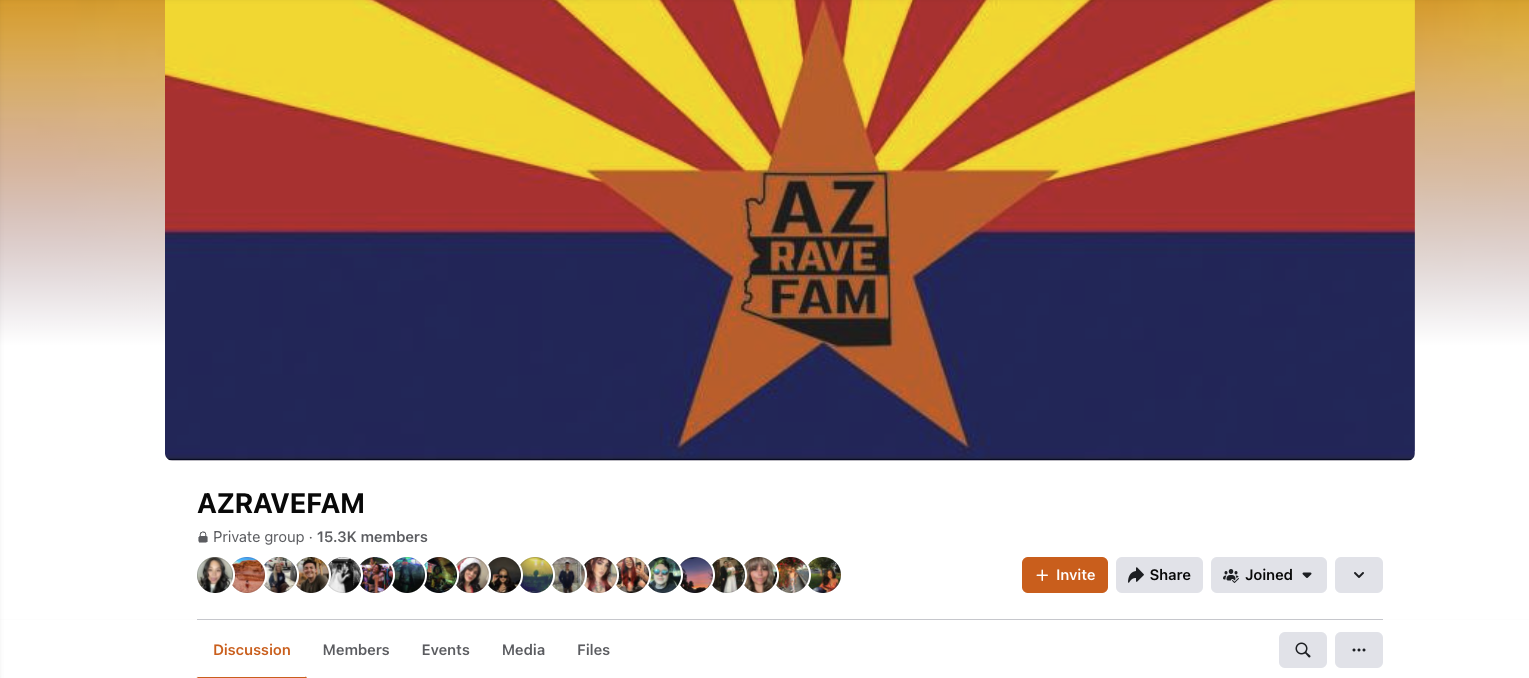Festival wristbands can seem like just a piece of fabric to those not familiar with attending music festivals, but can hold so much meaning to those who have attended a live music event in the past.
While wristbands are used to help event organizers keep track of who is inside their venues, many event attendees elect to keep them afterwards as a keepsake.
What once was a paper ticket stub has evolved into wristbands and now even electronic versions of tickets. But why have they changed? Why do some people choose to keep wristbands on for months at a time, while others cannot wait to cut them off as soon as they leave an event venue? Do wristbands hold a deeper value than any other kind of ticket?

A ticket allows a patron to gain entry into an event. Depending on the event and its location, tickets are delivered differently to its audience.
Attendees of EDC Las Vegas and Tomorrowland, for example, pay a higher price for a ticket and receive their wristbands in a large, themed book along with other goodies and souvenirs like stickers and festival information.
Mid-tiered tickets tend to just send festival wristbands like EDC Orlando and Bonnaroo, while local shows tend to deliver electronic tickets, at least in my experience. I rarely have gotten a paper ticket but have received a few, like at CRSSD San Diego last year and it was a fun memento to keep.
So if tickets allow people to gain entry into a live music event, what is the point of keeping them? Typically they are covered with either dirt, sweat, or both by the end of a festival weekend, yet can hold so much meaning.
A wristband represents the memories made at an event. For most, looking back on festivals can represent the best times of our lives. Keeping the wristband means keeping the memories alive, a piece we carried through the festival and now can look back on with fondness.
The creativity that has come from wristband art is also inspiring. I’ve visited friends who keep festival wristbands in frames on the walls of their house. Some of my friends have even decorated their Christmas trees with past festival wristbands and Kandi. Plus, the wristbands themselves can be extremely creative and have designs to be remembered for years to come.
 Image credit Melissa Murbaki (@missmelisss)
Image credit Melissa Murbaki (@missmelisss)
In the post-COVID-19 era of live music events, many companies have adopted an electronic ticketing platform. Electronic tickets are being delivered by companies like Ticketmaster, AXS, and StubHub, among others.
While the growth of these ticketing platforms has allowed event companies to have greater outreach as tickets can be delivered in seconds directly to your phone or email, they have also been met with dismay by fans everywhere.
Wristbands mean something to festival goers, and the delivery of an electronic ticket just does not have the same impact.
Personally, wristbands can sometimes get uncomfortable on my arm, so I prefer to cut them off right after a festival has ended. Still, I have kept all of my festival wristbands and smile whenever I look at them, even if I did not have the best time at the festival.
The wristband is a physical reminder of the memories I made, while an electronic ticket usually is a picture on my phone that gets lost in my camera roll after a while. I prefer wristbands and wish all event companies would stick to providing wristbands for every event.

Wanting to dive deeper into why physical wristbands are going away, I reached out to a wristband manufacturer to learn more about what it costs for a festival to provide wristbands to fans.
Aaron Bach, representative of Arnett Designs (who have provided tickets for numerous Live Nation events and independent festivals) said, “Wristbands on average costs promoters about $0.30-$0.35 a band, depending on band artwork, shipping costs, and the amount of attendees at the event.”
Is saving $0.30-$0.35 a ticket worth losing a sentimental, memorable piece of a festival for fans? Debatable, but I’d say no.
Despite this low cost, event companies are still choosing to cut physical wristbands out of their budget, turning to electronic ticket companies to handle their ticketing needs.
Festival and event ticket prices have already increased over the last decade. I and many others believe this is due to the rise of electronic ticket companies and their monopoly over the festival ticket market.
When a ticket is bought on somewhere like Ticketmaster, a service fee is charged to the customer, and that service fee goes directly back to the online ticketing company (a complete breakdown of the economics of Ticketmaster included in this article from The Hustle).
The service fees on some of these tickets have gotten out of hand. I mean $100 service fee? That used to be the cost of a whole ticket!
Electronic tickets have also opened up a new business for scammers. Online scamming has never been easier for people trying to make a quick buck.
This has caused extreme frustration for music festival fans as no one wants to give a stranger their hard-earned money and then get denied entry into a venue because their ticket was fake or did not exist.
But there are some precautions you can take to make buying a secondhand ticket as safe as possible.
Let’s say an event is sold out, but you are still looking to go to it. If possible, only buy resale from people you know.
If you don’t know anyone selling a ticket for a particular event you are looking for, ask for mutual connections from that person. This way, you know the person is real and has an actual ticket to sell.
If you have asked around and still cannot find anyone you know or mutual friends selling tickets, feel free to utilize rave pages online. Personally, I would stick to Facebook groups, as Instagram comments of people selling tickets seem to be more bots, at least in my experience.
There are many festival Facebook pages to join. Check out ones that are in your city and/or pertain to a specific festival. If you are looking to buy a ticket on the Facebook page, make sure you are following that particular page’s set of rules.
Make a post on the page and see who responds. While Facebook event pages are typically filled with festival fans, a few bot accounts and scammers can join under the radar, so follow these steps to protect yourself whenever getting a ticket:
- Check that the seller has been in the group for a little bit (most festival fans stay on the page for a bit, or are in there for at least over a week or two before asking about tickets)
- Vet the profile of the seller. Look at their pictures and names and make sure their profile makes them look like a real person, as well as a festival fan (a picture or two at an actual event). Scammers typically use pictures of people that do not look like they attend festivals, so check it out yourselves.
- Only use online payment services for a ticket with a seller that offers buyer protection if the sale is a scam. PayPal Goods And Services is the top choice, as it will give you your money back if you do not receive your ticket.
- Message the seller and have a conversation with them. Bots and scammers typically have responses of a robot and cannot prove themselves as a real festival fan/having a real ticket
While these steps are just basic guidelines, do not take them as a 100% way to not get scammed while buying a ticket from a stranger. Always take caution and use your best judgment, and the best way to avoid a scam is to buy a ticket directly from an event’s website when they go on sale.
At the end of the day, electronic tickets, paper tickets, and wristbands all serve the same purpose: gaining entry into an event.
But the important part is the memories we make along the way and the community’s shared love of live music events, something that can be lost if we lose physical tickets.








